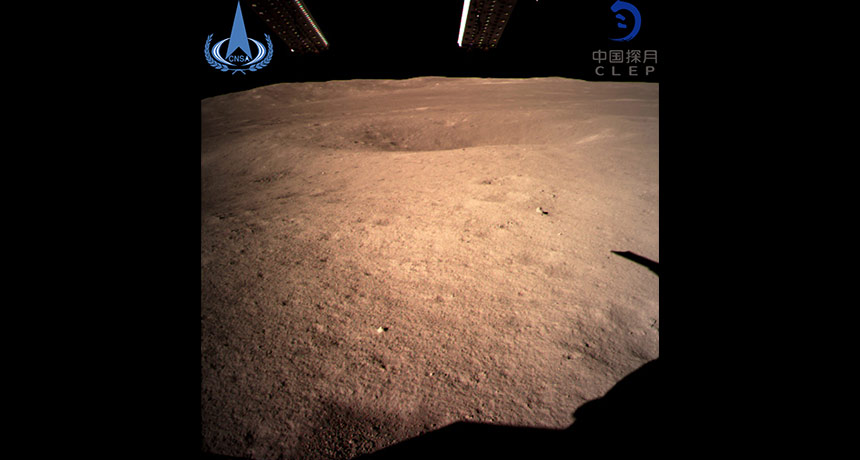basin (in geology) A low-lying area, often below sea level. It collects water, which then deposits fine silt and other sediment on its bottom. Because it collects these materials, it’s sometimes referred to as a catchment or a drainage basin.
crater A large, bowl-shaped cavity in the ground or on the surface of a planet or the moon. They are typically caused by an explosion or the impact of a meteorite or other celestial body. Such an impact is sometimes referred to as a cratering event.
ground-penetrating radar A method of detecting the presence, position, distance or other important characteristics of objects (such as rocks or archeological artifacts) or substances (such as water or ice) underground. It works by sending out pulses of electromagnetic radiation that travel through earth and bounce off objects below. Scientists then measure how long it takes that bounced signal to return.
lander A special, small vehicle designed to ferry humans or scientific equipment between a spacecraft and the celestial body they will explore.
lunar Of or relating to Earth’s moon.
moon The natural satellite of any planet.
online (n.) On the internet. (adj.) A term for what can be found or accessed on the internet.
radiation (in physics) One of the three major ways that energy is transferred. (The other two are conduction and convection.) In radiation, electromagnetic waves carry energy from one place to another. Unlike conduction and convection, which need material to help transfer the energy, radiation can transfer energy across empty space.
satellite A moon orbiting a planet or a vehicle or other manufactured object that orbits some celestial body in space.
solar system The eight major planets and their moons in orbit around our sun, together with smaller bodies in the form of dwarf planets, asteroids, meteoroids and comets.
terrain The land in a particular area and whatever covers it. The term might refer to anything from a smooth, flat and dry landscape to a mountainous region covered with boulders, bogs and forest cover.

